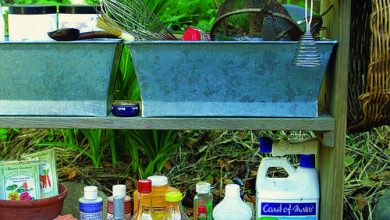HYDROPONIC crops for the organic garden
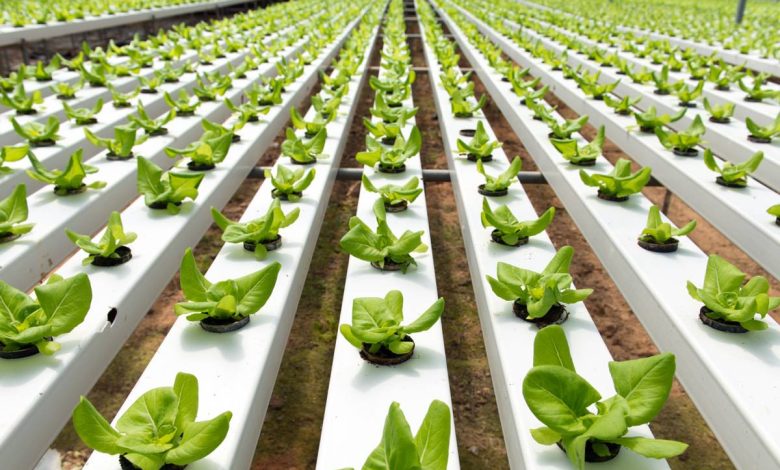
Hello agrohuertistas! A few weeks ago we began to expose different methods to apply in our garden. We have talked about biodynamic agriculture and its biodynamic preparations, or also; We have talked about permaculture. Today I would like to introduce you to hydroponic crops as a new alternative to take into account in the use of our organic garden.
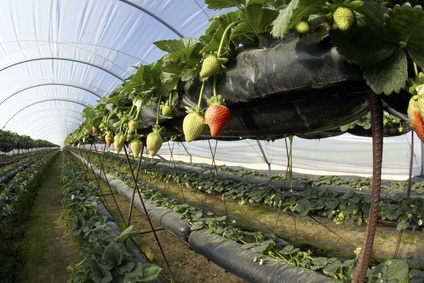
Before explaining a little about this type of crop, I invite you to “reflect” a little on what the future holds for us. We all know a little about climate change and we have to bear in mind that it affects agriculture: increased desertification, temperature changes, floods…
On the other hand, with technological advances in medicine and the increase in cities, it means that; little by little we are left with poorer agricultural areas used over and over again in the face of high demand for food.
So, in a few hundred years, will we be able to farm the same way? I can’t solve this because Rappel hasn’t left me his crystal ball, but hydroponics can be a new way of growing anywhere, since we don’t need soil and we can control the nutrients and pests of our crop.
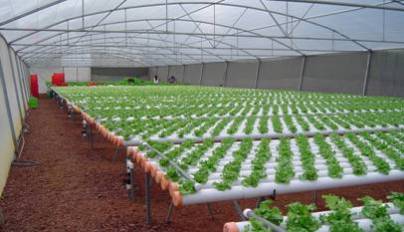
How is a hydroponic crop?
Hydroponics is a cultivation method that dispenses with the soil to replace it with substrates (although it is not necessary for them to be present) and in which water is used as a transport element to give the plant nutrients. This means that we are facing a method that does not require many resources and is very sustainable, since we can control the nutrition of our plant at all times.
Do not think that it is a modern method such as your mobile. One of the Seven Wonders of the Ancient World had this cultivation method.The Hanging Gardens of Babylon were built in the 6th century BC and already had this method!

Furthermore, according to several archaeological discoveries, the Aztecs also used hydroponic cultivation.
Planning a hydroponic crop
Before being able to carry out this method, I recommend that you plan everything well so that we do not regret it after a bad investment in time and money. So always:
- Choose the plant to be grown
- Determine what type of hydroponic culture we are going to use
- Design and determine crop regimes
- Carry out a small-scale test (even if our crop is going to be small)
- correct the problems
- Let’s plant!
You can use this planning for any method, but good; I put it so that you always think everything with your head.
plant nutrition
We are going to carry out the nutrition of the plants with water as a conductor of the necessary nutrients for our plants. Once we are clear about what we want to plant, we will give the necessary quantities of the essential elements that they need. Remember that these essential elements are:
nitrogen, phosphorus, potassium, sulfur, magnesium, calcium, iron, chlorine, manganese, boron, zinc, copper, molybdenum, carbon, hydrogen, and oxygen
Although they can also be essential for their normal growth:
silicon, nickel, aluminum, cobalt, vanadium, selenium, and platinum
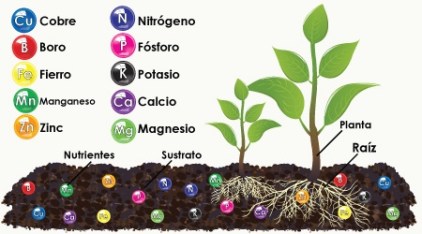
Is nutrition different in this medium than in soil? There is no physiological difference since they absorb nutrients in the same way. There is no difference between obtaining it from dissolved particles in the soil than those obtained from water.
But, we have to keep in mind that the water must keep rotating. In other words, we cannot leave the water stagnant and prevent a cycle from being created, since we would eliminate nutrients and not properly oxygenate our plant. To carry out this irrigation cycle, a pump is installed and today we can find automatic systems that control humidity and allow easier handling.
As you may already be thinking, all this aqueous medium is transported through the crop through a pipe circuit that can be simpler or more complicated, depending on our interests.

Do we need something to put between the plant and the water?
In a forced way, we should not put anything. But, depending on the type of crop we want to use, we can choose the appropriate substrate.
The substrate is a solid medium that will fulfill a function of supporting the plant and a function of retaining nutrients and water. We can find a wide variety of substrates that we must select well depending on the place where we are going to install the hydroponic method and the cultivation. The substrates could be divided into:
- Inorganic substrates: include substrates such as pumice stone, gravel, volcanic rock, river sand, perlite, vermiculite, expanded clay, rock wool…
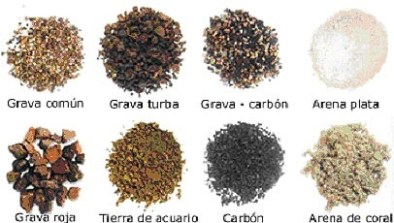
- Organic substrates: such as sawdust, coconut fiber, rice husks, coffee husks, peat moss…

- Synthetic substrates: these have undergone an industrial process such as gel, polyethylene foam, polystyrene foam, polyurethane foam, phenolic foam…

Can I set up a hydroponic crop at home?
If you have space at home, you can set up a hydroponic crop. In the following videos that I have found, they show you how to make a hydroponic system in your house with two PVC pipes:
What do you think? This article has been a simple description of the hydroponic system.In the coming weeks we will be able to explain what types of hydroponic crops exist and what their uses are.
See you in the orchard!

![Photo of Prune an Holm Oak: [Importance, Time, Tools, Considerations and Steps]](https://www.complete-gardening.com/wp-content/uploads/2021/06/Podar-una-Encina-390x220.jpg)
